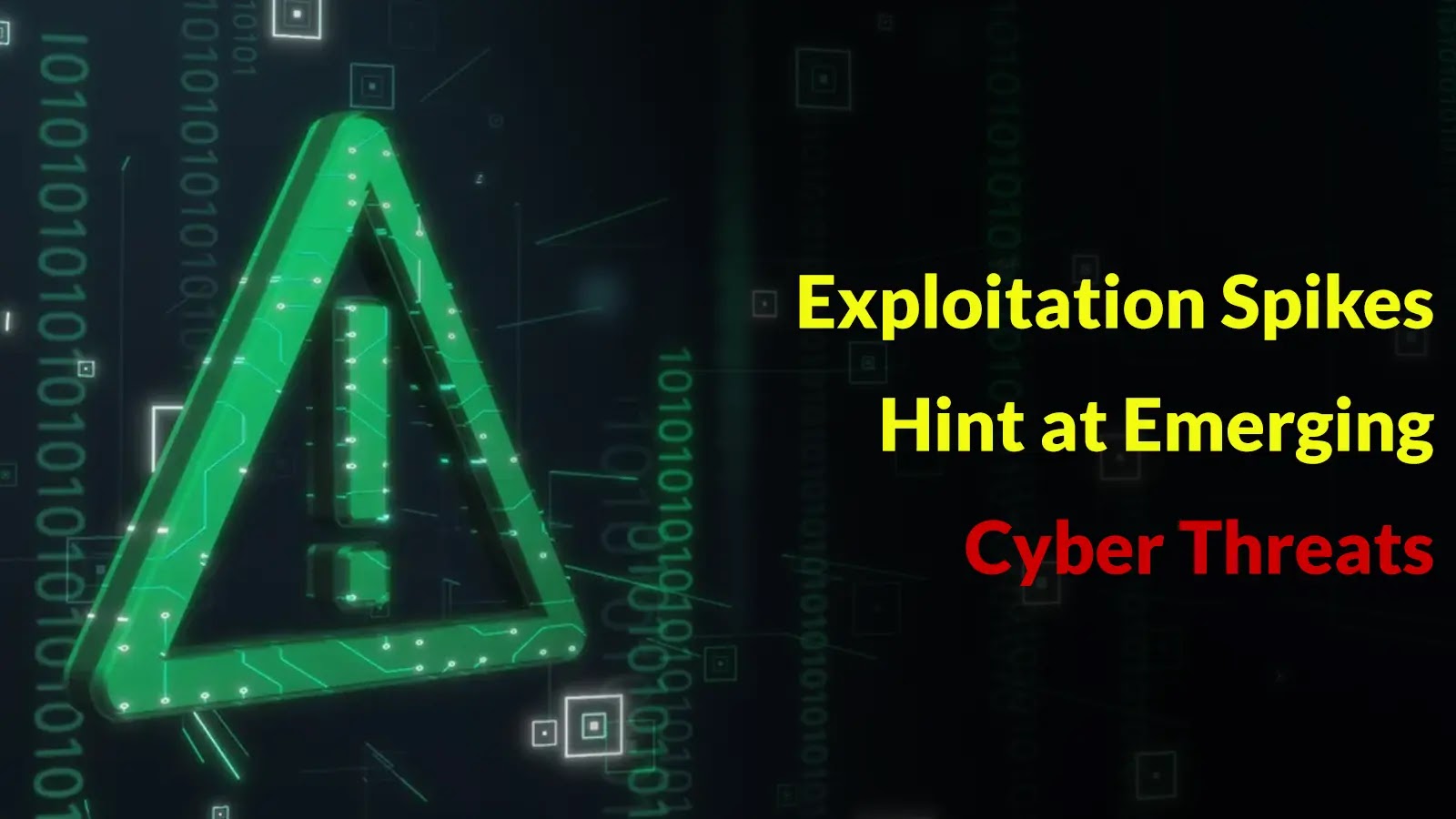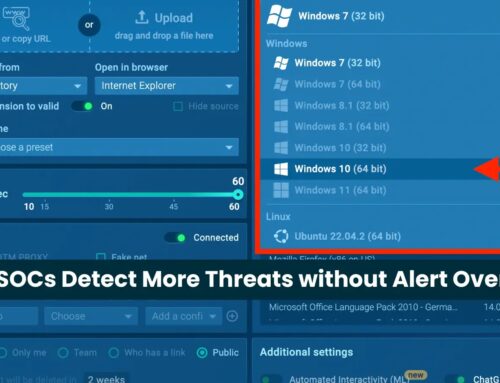
Threat Actors Exploitation Attempts Spikes as an Early Indicator of New Cyber Vulnerabilities
In the relentless cat-and-mouse game of cybersecurity, anticipating the adversary’s next move is paramount. For too long, organizations have been reactive, scrambling to patch vulnerabilities after they’ve been publicly disclosed and, often, actively exploited. However, groundbreaking new research offers a transformative paradigm: a measurable indication that spikes in threat actor activity against enterprise edge technologies serve as a remarkably reliable early warning signal for impending new vulnerability disclosures. This strategic insight provides a critical, often overlooked, window of opportunity for defenders to fortify their defenses proactively, potentially neutralizing threats before they become widespread.
The Proactive Shift: From Reactive to Predictive Defense
Traditionally, cybersecurity defense models have largely been reactive. Patches are developed and deployed in response to discovered vulnerabilities, often after attackers have already begun exploiting them. This reactive stance leaves organizations vulnerable during the critical period between a vulnerability’s emergence and the availability of a robust fix. The recent findings, highlighted by Cyber Security News, underscore a pivotal shift: by meticulously analyzing malicious attacker behavior, particularly against edge infrastructure, security teams can gain an invaluable head start.
Decoding the Signals: Threat Actor Activity as an Early Warning System
The core of this revolutionary concept lies in the observed correlation between heightened malicious activity targeting enterprise edge technologies and subsequent public disclosures of new vulnerabilities. Threat actors, constantly probing for weaknesses, often discover and attempt to exploit vulnerabilities before they are officially cataloged and publicized. This pre-disclosure exploitation attempt phase, characterized by increased scanning, probing, and attempted intrusions, effectively acts as a digital seismograph, signaling an impending tremors in the cybersecurity landscape.
- Edge Technology Focus: The research specifically points to enterprise edge technologies (e.g., VPNs, firewalls, load balancers, web application firewalls, and remote access solutions) as key indicators. These systems are often the first point of contact for external traffic and, consequently, a primary target for attackers seeking initial access.
- Pattern Recognition: Cybersecurity researchers have identified distinct patterns of heightened activity—beyond routine background noise—that precede vulnerability disclosures. This isn’t random traffic; it’s targeted reconnaissance and exploitation attempts against specific services or protocols that will soon be revealed as vulnerable.
The Strategic Advantage: A Window of Opportunity
Identifying these early warning signs grants organizations a significant strategic advantage. It allows them to:
- Prioritize Patching and Hardening: Before a CVE is even assigned, security teams can focus resources on strengthening defenses around the observed target technologies. This might involve applying stricter access controls, implementing additional layers of security, or deploying virtual patching solutions.
- Enhance Monitoring: Increased vigilance on specific edge systems can detect and potentially repel early exploitation attempts, minimizing the blast radius if and when the vulnerability is publicly disclosed.
- Pre-empt Zero-Day Exploits: While a true zero-day (a vulnerability unknown to the vendor) remains a challenge, this approach helps mitigate the impact of N-days or 0.5-days—vulnerabilities known to threat actors but not yet publicly disclosed.
Remediation Actions and Proactive Defenses
While the identified pattern provides an early warning, effective remediation requires proactive measures and strategic investments in security infrastructure and intelligence. There isn’t a single CVE directly associated with “threat actor spikes” as it’s a behavioral pattern, but the actions taken will directly mitigate future CVEs.
Recommended Proactive Measures:
- Enhanced Edge Security Monitoring: Implement advanced threat detection and behavioral analytics tools focusing on your edge infrastructure. Look for anomalous traffic patterns, unusual connection attempts, or spikes in specific error codes that could indicate probing.
- Frequent Vulnerability Scanning and Penetration Testing: Regularly scan your external-facing assets. Even if a vulnerability isn’t officially known, robust scanning might pick up misconfigurations or weak points that threat actors could exploit.
- Web Application Firewall (WAF) Implementation: A well-configured WAF can provide a crucial layer of defense against web-based attacks, even for unknown vulnerabilities, by detecting and blocking malicious payloads based on behavioral rules.
- Network Segmentation: Limit the impact of a breach by segmenting your network, especially isolating critical assets from your perimeter defenses.
- Threat Intelligence Integration: Subscribe to and actively integrate reputable threat intelligence feeds. While they might not predict every spike, they provide context and often warn of emerging attacker TTPs (Tactics, Techniques, and Procedures).
- Regular Patch Management and Configuration Audits: Maintain an aggressive patch management schedule for all edge devices. Regular configuration audits ensure these devices adhere to security best practices and haven’t been inadvertently weakened.
- Zero Trust Architecture: While a significant undertaking, adopting Zero Trust principles for your network perimeter and internal resources can significantly reduce the attack surface.
Tools for Detection, Scanning, and Mitigation:
| Tool Name | Purpose | Link |
|---|---|---|
| Snort | Open-source network intrusion detection system (NIDS) for real-time traffic analysis and packet logging. | https://www.snort.org/ |
| Suricata | High-performance Intrusion Detection System (IDS), Intrusion Prevention System (IPS), and Network Security Monitoring (NSM) engine. | https://suricata-ids.org/ |
| OpenVAS | A comprehensive open-source vulnerability scanner. | https://www.openvas.org/ |
| ModSecurity | Open-source Web Application Firewall (WAF) engine. | https://www.modsecurity.org/ |
| Palo Alto Networks Next-Gen Firewalls | Advanced NGFWs offering threat prevention, WAF capabilities, and anomaly detection. | https://www.paloaltonetworks.com/ |
| CrowdStrike Falcon Insight XDR | Extended Detection and Response (XDR) platform for endpoint, network, and cloud visibility. | https://www.crowdstrike.com/ |
Looking Forward: A New Era of Proactive Cybersecurity
The ability to predict vulnerability disclosures based on observed threat actor behavior represents a significant leap forward in cybersecurity. It shifts the defensive posture from a constant state of reaction to a more strategic, proactive approach. Organizations that integrate this intelligence into their security operations, focusing on robust monitoring of their edge technologies and acting swiftly on suspicious activities, will be far better equipped to withstand the inevitable onslaught of emerging cyber threats. This isn’t just about patching faster; it’s about seeing the threat coming before it truly arrives, transforming defense from a sprint after the attack to a calculated preparation well in advance.





